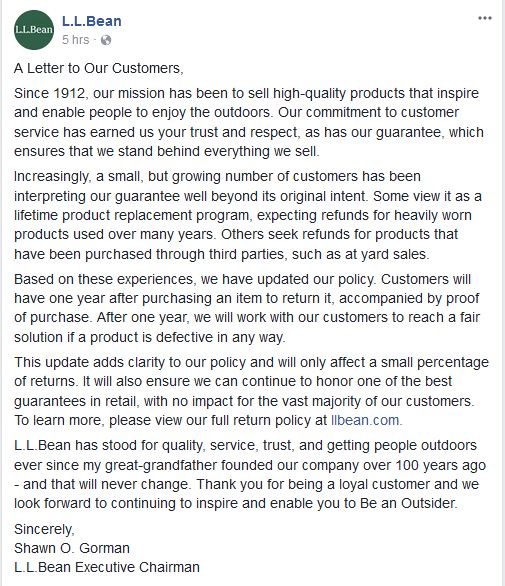Supreme Court Justice's Writing Style
/Supreme Court Justice Neil Gorsuch is getting so much attention for his writing that #GorsuchStyle is trending. Lauded before he joined the court, Gorsuch's writing is now criticized as a sidetrack "history lesson," "garbled," and "exhausting to read." Critics cite examples and wonder why a justice is spending time on alliteration:
“Disruptive dinnertime calls, downright deceit and more besides drew Congress’s eye to the debt collection industry.”
Another hallmark of his new style is making a pithy comment and then explaining its meaning as in this example:
"Chesterton reminds us not to clear away a fence just because we cannot see its point. Even if a fence doesn’t seem to have a reason, sometimes all that means is we need to look more carefully for the reason it was built in the first place."
A Yale student analyzed Gorsuch's court decisions. Compared to others' writing, he used more contractions (3.9 per 1,000 words compared to 0.8) and started sentences with words such as “and,” “but” and “so” more often (4.9 times out of every 1,000 words compared to 1.5). Analysts seem to agree that his style is getting less formal, but he also likes to draw attention to himself.
Discussion:
- What is the value of alliteration and other rhetorical devices? When are they best used, and when are they best avoided?
- Gorsuch's seeming desire to call attention to himself contradicts business writing and leadership character principles. Which ones?
- Why might Gorsuch's style change over time?
- What distinguishes your writing style? Can you identify a sentence structure, phrase, or structure that you use often—and maybe too often?
- Slate writer Mark Joseph Stern analyzed another passage and identified several examples of "fat." Try to improve conciseness in this paragraph. How many extraneous words can you omit?
The Court today clears away a fence that once marked a basic boundary between federal and state power. Maybe it wasn’t the most vital fence and maybe we’ve just simply forgotten why this particular fence was built in the first place. But maybe, too, we’ve forgotten because we’ve wandered so far from the idea of a federal government of limited and enumerated powers that we’ve begun to lose sight of what it looked like in the first place.




















